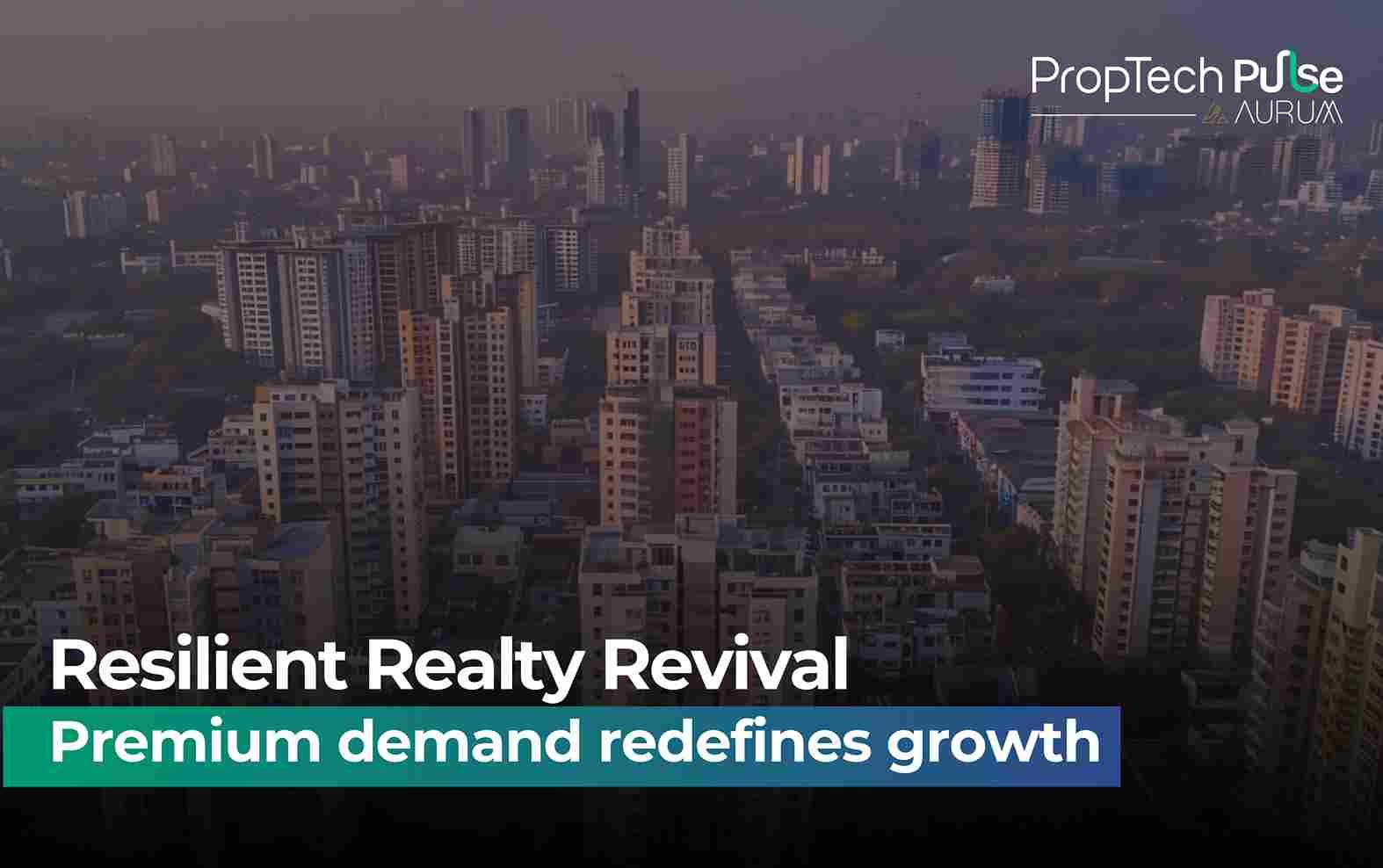
India's Realty Revival: Southern Cities Lead The Way
As the dawn of 2025 arrived, India's real estate sector found itself at a crossroads—emerging from subdued market sentiment into a phase marked by renewed confidence and growth. Spurred by improved macroeconomic conditions, including a notable 100 basis-point cut in the Reserve Bank of India's repo rate and record GST collections, the once-muted property market started humming with activity again. The sector's current sentiment score in the June quarter climbed to 56 from 54, according to the joint Knight Frank-NAREDCO assessment, halting a four-quarter decline and reflecting a fresh wave of optimism. Future sentiment surged even more, leaping to 61 from 56, as stakeholders placed their bets on the sector's medium-term prospects.
This optimism drew from India's economic resilience, visible in stable demand across high-value residential and office segments. As new strategies unfolded, the spotlight shifted to the Southern giants—Bengaluru, Hyderabad, Mumbai, and Pune—which turned into bellwethers for the rebound. Their success was anchored by timely project launches, unwavering end-user interest, and developers' growing confidence on the back of easier financing and lower borrowing costs.
Sector leaders described the moment as a turning point; the blend of robust live indicators and positive sentiment scores signaled the industry’s ability to adapt and thrive. Pre-leasing activity accelerated, banks and NBFCs recalibrated their funding strategies, and developers, emboldened by increased capital availability, prioritized premium launches. Notably, the realty sector’s future sentiment score for developers soared to 63 in Q2, up from 53 a quarter earlier—a jump that reflected the broad-based optimism radiating across the industry.
In residential markets, nearly 70% of stakeholders predicted that new launches would remain steady or rise, with luxury and premium projects (above ₹1 crore) capturing most of the action. The mass-market sector, however, continued to face affordability constraints, prompting a strategic pivot towards upmarket products and selective growth in high-yielding assets. At the same time, office leasing maintained its upward trajectory. Around 80% of respondents expected leasing volumes to remain stable or jump further, led by growing demand from global capability centers (GCCs), IT firms, and flex-space operators. Core markets grew tighter as 93% anticipated rents to either hold firm or increase—setting the stage for a landlord’s market in major cities.
Capital availability, a key enabler of growth, also improved noticeably. In Q2, 90% of stakeholders believed access to capital would either remain unchanged or improve, up from 79% in the previous quarter. The share of those expecting funding conditions to improve specifically climbed to 40%, reflecting confidence among creditors and private equity players in the sector’s fundamentals.
As 2025 unfolds, the alignment of residential and commercial real estate with macroeconomic and policy tailwinds signals a new era of strategic stability and growth orientation. Stakeholders across the landscape are repositioning not only for resilience but also for long-term gains, building India’s real estate future one transaction at a time.
Unlock the Latest in Real Estate
News, Infographics, Blogs & More! Delivered to your inbox.
“Data that drives action. Insight that inspires action. Technology that empowers action.“
“Data that drives action.
Insight that inspires action.
Technology that empowers action.“









